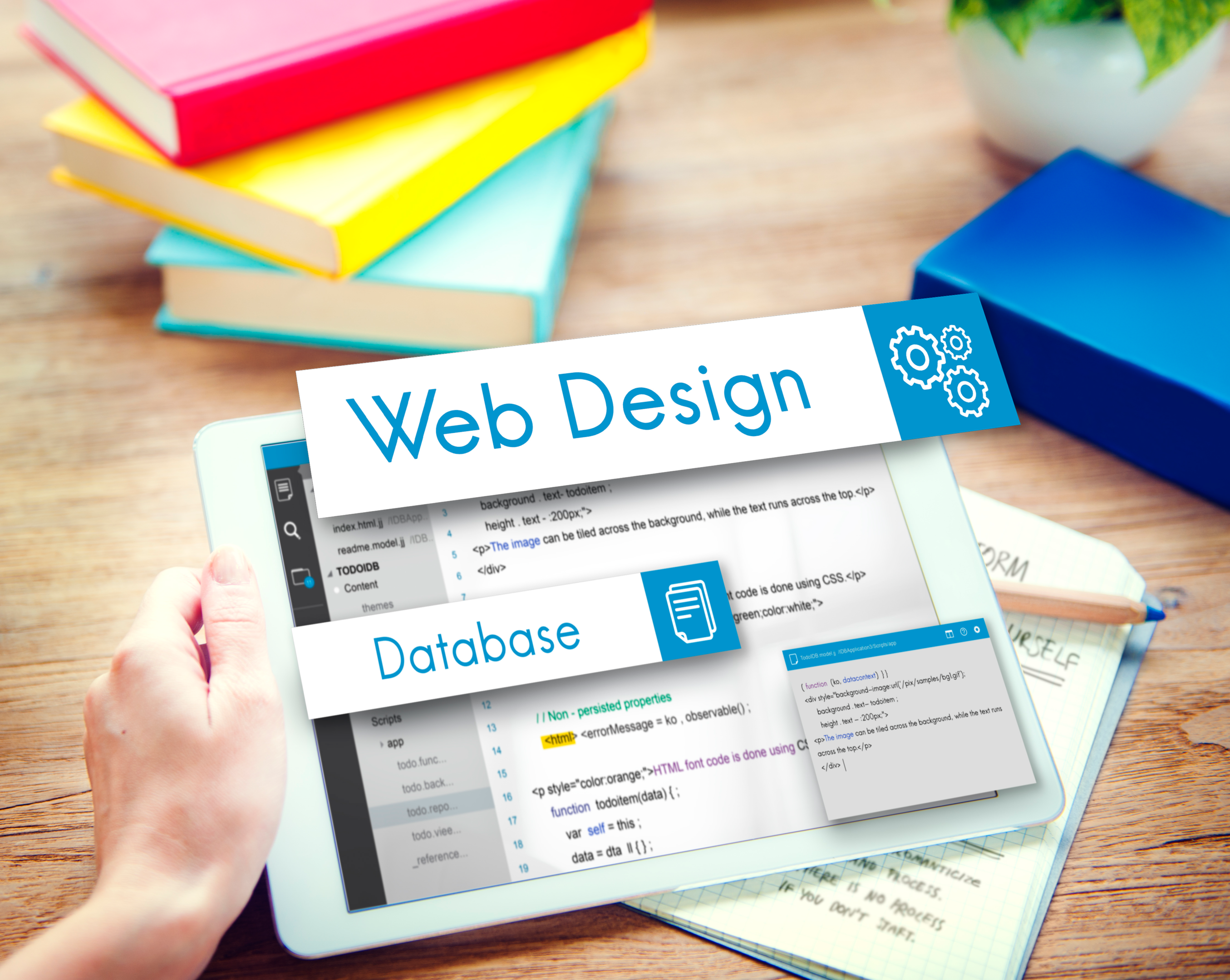
What is a landing page, and why is it important?
Introduction
In the intricate landscape of digital marketing, a dedicated landing page stands as a strategic cornerstone. It is meticulously designed to serve a singular purpose – to steer online visitors toward a specific and carefully defined action. This action can encompass a wide range of objectives; from securing email subscriptions and eBook downloads to encouraging product purchases or appointment bookings. The average conversion rate for landing pages is 9.7%.
What distinguishes a landing page from the typical web pages of a website is its unwavering commitment to eliminating distractions and channelling the visitor’s focus towards a precise and premeditated goal. When compared to other types of signup forms, landing pages have a 160% higher conversion rate. In this article, we will understand more about it and highlight its importance among search engines.
Definition of a landing page
It is a purpose-built web page with a singular focus: to guide visitors towards a specific action. This action could be anything from signing up for a newsletter, downloading an e-book, requesting a demo, or making a purchase. Landing pages are distinct from typical website pages in that they eliminate distractions and direct visitors toward a well-defined goal.
Importance of landing pages in online marketing
Landing pages play a critical part in the realm of online marketing. They serve as a fundamental tool for optimising marketing efforts and improving conversion rates. Here’s why they are so important:
1. Conversion and Lead Generation: Landing pages are specifically designed to transform visitors into leads or customers. As they present a tailored offer and a compelling call to action (CTA); landing pages increase the likelihood of a visitor taking the desired action. Personalised CTAs outperform generic CTAs by 202%.
2. Improved User Experience: Landing pages are all about providing a streamlined and distraction-free experience. They remove navigation links, extraneous information, and anything that might divert attention away from the intended conversion goal. This focused design enhances the user experience and, in turn, boosts conversion rates.
3. Targeted Marketing: Landing pages can be customised for different audience segments. This permits highly targeted marketing campaigns that echo directly with the unique needs and interests of various groups. It increases the relevance of your offer.
4. Data and Analytics: Landing pages provide valuable insights into user behaviour and interactions. Marketers can track how visitors engage with the page and gain insights that help create a solid marketing strategy and make future improvements.
5. A/B Testing and Optimisation: Landing pages are perfect for A/B testing. This means you can experiment with different elements, such as headlines, copy, and CTAs. This is done to identify what works best and continually optimise your page for better results.
Key Elements of a Landing Page

In order to capture the attention of visitors and convert them into leads or customers a well-structured landing page incorporates several key elements. Each of them plays a vital role in guiding the visitor towards taking a specific action. Let’s delve into these fundamental components:
Headline:
This is the first thing a visitor sees upon landing on the page, and it must make an immediate impact. It should be concise, attention-grabbing, and directly related to the offer. An effective headline provides a clear and compelling reason for the visitor to continue reading.
Sub-headline:
Supporting the headline, the sub-headline provides additional context and elaborates on the value of the offer. It helps to clarify the visitor’s expectations and keeps them engaged.
Call to Action (CTA):
This is arguably the most essential component of a good landing page. It tells the visitor what action to take next, such as “Sign Up Now” or “Download Your Free Guide.” It should be prominent and persuasive, leaving no room for ambiguity.
Compelling Copy:
The copy on a dedicated landing page should be persuasive and concise. It should communicate the benefits of the offer, addressing the visitor’s pain points and needs. Effective copy provides a compelling reason for the visitor to proceed and complements the message conveyed by the headline and sub-headline.
Images and Visuals:
High-quality visuals, including images, videos, or infographics, can greatly enhance the landing page’s appeal. Visuals are not just about aesthetics; they should serve to illustrate the offer and provide a visual representation of the product or service. Well-chosen visuals can help visitors better understand the value of what is being offered.
Lead Capture Form:
This is where the visitor provides their information, such as name or phone number. It’s a crucial element for lead generation. The form should be strategically placed on the page and only collect essential information. Lengthy forms can deter potential leads, so it’s important to strike a balance between information gathering and user convenience.
Types of Landing Pages
Lead-Generation Landing Pages:
These click-through landing pages are designed with the primary objective of capturing visitor information. It can transform them into potential leads. Commonly used in email marketing and lead nurturing strategies; lead generation landing pages typically feature a lead capture form, asking for basic details such as names and email addresses. The incentive to share this information is a valuable offer, such as a free e-book or a newsletter subscription. These pages are essential for building a database of potential customers or clients.
Click-Through Landing Pages:
These pages are often the next step after a visitor interacts with a promotional element, such as an ad or email. These pages provide additional information and context about a product or service. It bridges the gap between the initial interest and the final purchase decision. Rather than immediately asking for a conversion, they aim to educate and persuade the visitor. This makes them more likely to click-through to a product or service page where the final conversion takes place.
Sales Landing Pages:
These pages are laser-focused on one goal: converting visitors into customers. They are often used for single-product promotions or limited-time deals. The layout and content are tailored to create a compelling case for the product or service being offered. Sales landing pages typically feature persuasive copy, high-quality visuals, strong CTAs, and trust signals. These pages are the last stop in the journey to conversion.
Why Landing Pages Are Important

Conversion and Lead Generation:
Landing pages are a linchpin in the conversion-driven world of digital marketing. Their paramount role is facilitating conversions and turning visitors into leads or customers. As they present a focused, persuasive offer and a compelling Call to Action (CTA), landing pages significantly increase the likelihood that a visitor will take the desired action. This is the essence of lead generation, where businesses acquire valuable contact information, such as email addresses. It is done to initiate further engagement and ultimately convert leads into loyal customers.
Improved User Experience:
Landing pages are meticulously designed to deliver a streamlined and distraction-free user experience. They eliminate navigation links, irrelevant information, and other elements that might divert a visitor’s attention away from the intended conversion goal. The result is a clean, purpose-driven page that maximises user focus on the offer and CTA. The improved user experience not only enhances engagement but also contributes to higher conversion rates. This is because guests are more likely to take action when presented with a clear and uncluttered message.
Targeted Marketing:
One of the most compelling aspects of landing pages is their adaptability to various audience segments. This level of customisation allows for highly targeted marketing campaigns. Through tailoring landing pages to the specific needs or demographics of different groups within the audience; businesses can create highly relevant and personalised offers. This not only engages visitors more effectively but also improves the overall return on marketing investment.
Data and Analytics:
Landing pages are treasure troves of data and analytics. They provide valuable insights into visitor behaviour. It tracks how users engage with the page and which elements resonate most. This data offers a deeper understanding of the audience and the page’s effectiveness. Marketers can use this information to refine their strategies and continuously improve conversion rates.
A/B Testing and Optimisation:
Landing pages are perfect prospects for A/B testing. It is a practice that involves creating multiple versions of a page with variations in elements such as headlines, copy, CTAs, or visuals. Through testing these different elements, marketers can identify what works best and what resonates most with their audience. The iterative process of A/B testing and optimisation allows for continuous improvement.
Best Practices for Creating Effective Landing Pages

Listed below are a few of the many landing page best practices –
Clear and Concise Messaging:
The basis of an effective landing page lies in its messaging. The copy should be clear and directly address the visitor’s needs and desires. Avoid jargon or unnecessary complexity. Focus on articulating the unique value proposal of your offer and how it can solve the visitor’s problem. Conversion rates riseby 80% when your landing page addresses user concerns.
Mobile Responsiveness:
In an increasingly mobile-centric world, it’s crucial to ensure your landing page is fully responsive. Mobile users should experience the same quality of presentation and functionality as desktop users. A responsive design adapts seamlessly to different screen sizes. It enhances the user experience and accommodates a broader audience.
User-Friendly Design:
The layout of your high-converting landing page should be user-friendly and intuitive. Keep the layout clean and organised, guiding the visitor’s eye toward the essential elements. Use legible fonts and an aesthetically pleasing colour scheme. The overall design should support and not distract from the central message and the Call to Action (CTA).
Minimal Distractions:
Landing pages should eliminate distractions that could divert visitors from the primary goal. Remove unnecessary navigation links, unrelated content, or outbound links that might lead visitors away. The focus should be solely on the offer and the action you want the visitor to take.
Trust Signals:
These are essential for instilling confidence in your visitors. Include elements like customer testimonials, trust badges, privacy policy links, security certifications, or logos of well-known clients or partners. These signals reassure visitors and build credibility, making them more likely to convert.
Compelling Offers:
Your offer should be compelling and valuable to the visitor. Whether it’s a discount, a free trial, exclusive content, or a solution to their problem, it should be presented in a way that highlights its desirability. Make sure the visitor clearly understands what’s in it for them.
Testing and Optimisation:
The creation of an effective landing page doesn’t stop at the initial design. It’s a continuous process of refinement. A/B testing is a valuable practice involving the creation of multiple versions of the page with variations in elements such as headlines, CTAs, or images. You can identify what resounds most with your audience by properly comparing the performance of these versions. It will help make data-driven decisions to optimise for better results.
Common Mistakes to Avoid
Cluttered Design:
A cluttered landing page overwhelms visitors and can be a major turn-off. Too many elements or a chaotic layout can confuse and distract your audience. Keep the design clean and organised; with a clear visual hierarchy that guides the visitor’s attention to the most important elements.
Lack of Consistency:
Consistency in messaging and design between your marketing materials and the landing page is essential. When visitors reach your landing page, they should experience a seamless transition from the source of your traffic, be it an ad or an email. An absence of consistency can lead to confusion and make visitors feel like they’ve landed in the wrong place.
Unclear CTA:
Your Call to Action (CTA) is the heart of your landing page. It must be crystal clear and leave no room for ambiguity. Unclear CTAs, or CTAs that don’t stand out can frustrate visitors and lead to missed conversion opportunities. Make sure your CTA clearly conveys the desired action, and use visually distinct buttons to enhance its prominence.
Lengthy Forms:
Long and complicated lead capture forms can be off-putting. Visitors may be hesitant to provide too much information, especially if they’re unfamiliar with your brand. Keep forms as short as possible, requesting only essential information. You can always collect more details in subsequent interactions once you’ve captured the initial lead.
Poor Loading Speed:
A landing page that loads slowly can deter visitors and impact your rankings on search engines. Users expect a fast and responsive experience. Optimise your landing page for speed by compressing images and utilising efficient coding. A quick-loading page not only improves the user experience but also contributes to higher conversion rates. 82.2% of landing pages require optimisation.
Landing Page Examples and Case Studies
Successful Landing Page Examples
1. Dropbox: Dropbox’s landing page is a classic example of simplicity and a clear CTA. It communicates the value of its service concisely, with a focus on driving sign-ups.
2. Shopify: Shopify’s landing pages effectively showcase their e-commerce platform. The pages are visually appealing. They are equipped with compelling visuals and a clear path to a free trial sign-up.
3. HubSpot: HubSpot’s landing pages are known for their informative and valuable content offers, from e-books to templates. They maintain a consistent design and feature persuasive CTAs.
These are some of the most popular landing page examples.
A/B Testing Case Study
A/B testing is a strong way to optimise landing pages. So, A/B testing is used by just 17% of marketers for landing pages. A/B testing, also known as split testing, has a consistent structure:
1. Look for a problem.
2. Make a hypothesis for how you might solve it.
3. Based on your hypothesis, create a new design or copy.
4. Compare the new and old versions.
5. Examine the outcomes
Let us take a look at this case study-
Bannersnack, a provider of online ad design tools, aimed to enhance user experience and boost sign-up conversions on their landing page. Facing uncertainty about the best approach, Bannersnack leveraged Hotjar Heatmaps to analyse user interactions with the page.
Using heatmaps, they could visualise areas with the highest user engagement and identify overlooked sections. Armed with this valuable data, bannersnack formulated hypotheses for improving the user experience and crafted an alternative design (variant) to undergo side-by-side testing alongside the original.
Through multiple rounds of testing, accompanied by periodic heatmap assessments, Bannersnack progressively honed its strategies. Ultimately, they determined that a more prominent call-to-action (CTA) button with improved contrast was needed. This modification resulted in an impressive 25% increase in sign-up conversions.
|
Discover the most relevant agencies for your project based on your own specific requirements.
Find an agency!Conclusion
Landing pages serve as pivotal tools in the realm of online marketing. They are purpose-built to maximise conversion rates and enhance user experiences. They facilitate targeted marketing and empower A/B testing and optimisation. Landing pages’ multi-faceted importance lies in their ability to transform website visitors into leads or customers while maintaining a streamlined and focused user experience.
As businesses navigate the dynamic landscape of digital marketing, investing in effective landing pages is paramount. They act as the bridge between marketing efforts and tangible results. They offer a clear path to higher conversion rates and ultimately, marketing success. When businesses follow these best practices, they can avoid common mistakes and stay committed to the iterative process of improvement. And can ensure a competitive edge in the ever-evolving world of online marketing.





